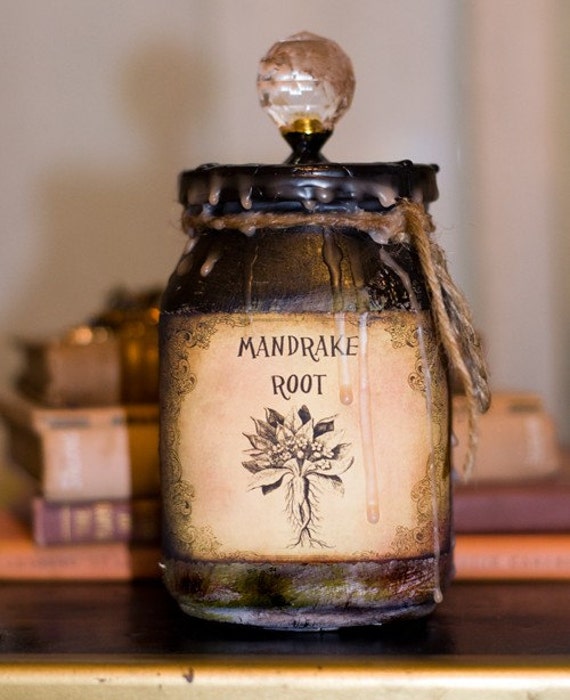
Leah sleeps with Jacob that night and becomes pregnant with her fifth son (verse 17). Rachel, who was as yet childless, accepts the trade, believing that the mandrakes would help her conceive at a later time. The mandrake or mandragora ( Mandragora officinarum) has, in folklore and superstition, always been regarded as a plant with special powers. Leah then trades the mandrakes to Rachel in exchange for the opportunity to sleep with Jacob that night (Genesis 30:14–16). Leah’s son Reuben finds some mandrakes in the field and gives them to his mother. Rachel wants a child, and Leah wants more children. There, Jacob’s two wives, Rachel and Leah, vie for Jacob’s attention. The one other biblical account to speak of mandrakes is found in Genesis 30.
#Mandrake root full#
The description of this romantic time is full of beautiful imagery, including the mention of mandrakes in the verses that follow, as the husband and wife enjoy each other among the vineyards. In this particular scene, the Shulammite invites King Solomon to join her for a sexual rendezvous out of doors in the early morning: “Let us go early to the vineyards / to see if the vines have budded, / if their blossoms have opened, / and if the pomegranates are in bloom- / there I will give you my love” (Song of Solomon 7:12).

The entire description in verses 10–13 is of a romantic setting that enhances the desire of the husband and wife for each other. The mandrakes are providing a fragrance, and, given their reputation as an aphrodisiac, are suggestive of intimacy. Each them with unique variables that should be considered on a case by. Mandrakes were around them in the countryside, along with grapes, pomegranates, and “every delicacy” (Song of Solomon 7:13). However, our products are used in a wide range applications. The mention of mandrakes in the Song of Solomon is part of a romantic encounter between Solomon and his new wife. There are many references to mandrakes in folklore and superstitions in various cultures. People take European mandrake root for treating stomach ulcers, colic, constipation, asthma, hay fever, convulsions, arthritis-like pain (rheumatism), and whooping cough. The root and leaves are used to make medicine. In the ancient world, mandrake roots were considered an aphrodisiac and were commonly prepared and eaten as a fertility drug. What was mandrake root used for Some people believe that it has magical powers.

Mandrakes have unusually large, forked roots that sometimes resemble a human body with open arms and legs. Mandrakes are mentioned in one passage in Genesis and once in Song of Solomon. In Song of Solomon 7:13 we read, “The mandrakes send out their fragrance, / and at our door is every delicacy, / both new and old, / that I have stored up for you, my beloved.” A mandrake is a short-stemmed, flowering plant in the nightshade family (and therefore related to the potato).


 0 kommentar(er)
0 kommentar(er)
